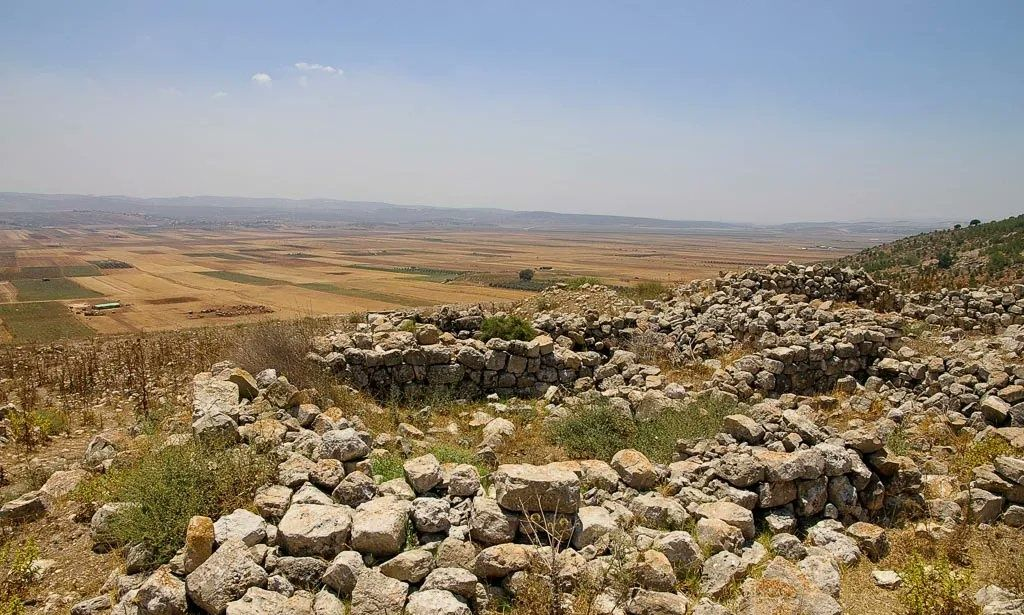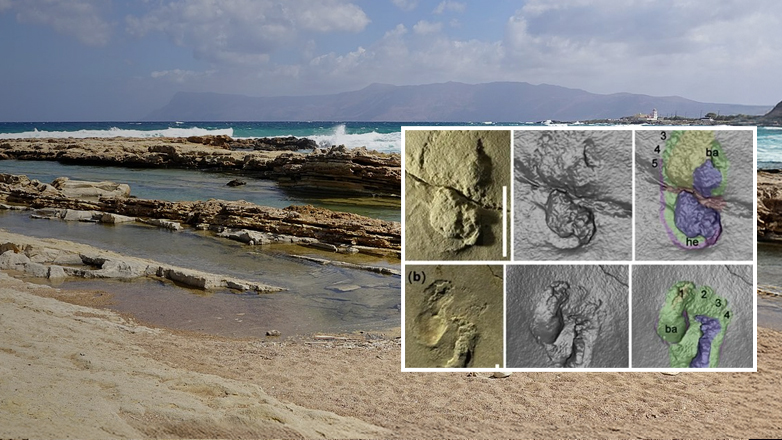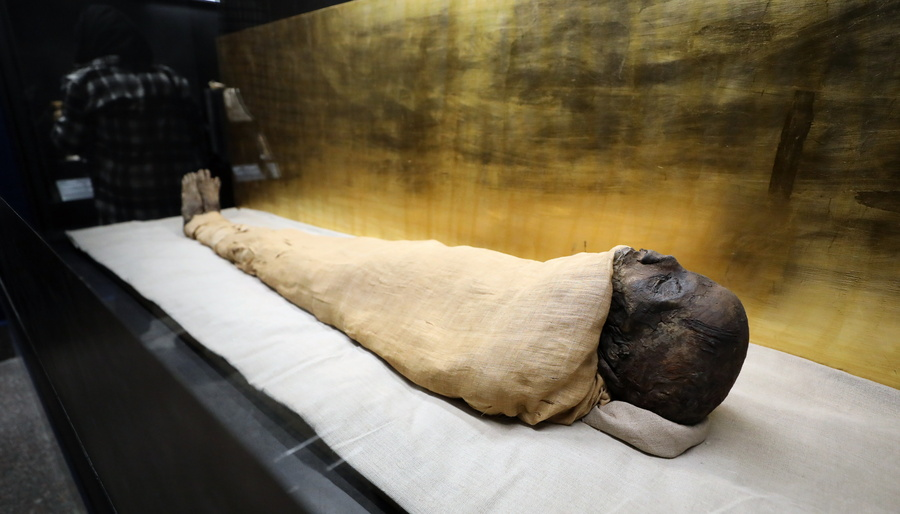The sea has always been a generous provider for the people of mainland and island Greece, offering a rich and diverse bounty. With the country’s extensive coastline, shallow and crystal-clear waters, and the abundance of fish, mollusks, and shellfish—especially in ancient times—it’s no wonder that seafood held a special place in the hearts (and diets) of the ancient Greeks.
A Sea of Sources
Ancient texts offer a wealth of information on the varieties of seafood consumed, as well as fishing techniques and cooking methods. Specialized treatises on the topic existed, such as On Fish by Aristotle, Fish by Archippus, On Fish by Dorian, Fishing by Numenius, On Salted Foods by Euthydemus, and Fishing Expedition by Antiphanes.
Both literary sources and visual representations—especially on pottery—along with archaeological finds, show that many ancient fishing methods and tools have remained virtually unchanged through the centuries. Bronze hooks were tied with lines made of animal hair or plant fibers, and lead sinkers were used to submerge the hooks. Net fishing was common, with nets tailored to the type of fish and fitted with floats and weights. Spears (kamax or trident) and fish traps made of woven twigs were also employed. The best times for fishing were believed to be dawn and dusk, though nighttime fishing using torchlight was also practiced.
Fishing: An Economic Pillar
Fishing played a vital economic role in coastal cities. Some, like Cyzicus on the Propontis (Sea of Marmara), owed much of their wealth to the plentiful local catch. This is reflected in the city's coinage, which often depicted tuna—one of its most famous fish—as well as octopus, which appeared on coins from Eretria.
Salted and Savored
The trade in salted fish, known as tarichē, flourished particularly during the Classical period. Salted sardines (aphyae) were imported to Athens from the Black Sea and elsewhere, though the fresh sardines from Phaleron and Rhodes were especially prized. Other popular preserved fish included temachē—salted cuts of large fish like mackerel (skombros) and tuna (thynnos). Salted fish, being cheap and widely available, was a staple for the average Athenian. The wealthy, however, often dismissed it as food for the poor—a view not shared by inland populations, who valued it highly due to limited access to fresh fish.
Athens also imported the famous avgotaracho (roe) from the Danube Delta, known as tarichos antakaion, made from the eggs of the large local fish called antakaios. The ancient Greeks had detailed knowledge of marine life, including habitats, breeding seasons, and hundreds of fish and seafood names, demonstrating their deep connection with the sea.
A Language of the Sea
Fish names preserved in ancient texts reveal the extent of Greek familiarity with sea life: atherina (sand smelt), galeos (dogfish), thynnos (tuna), kephalos (mullet), kolios (mackerel), karcharías (shark), labrax (sea bass), melanouros (black seabream), mormyros (striped seabream), xiphias (swordfish), orkynos (young tuna), orfos (grouper), pilamys (bonito), perke, rine (stingray), skaros (parrotfish), sparos, skorpios (scorpionfish), sargos, salpa, synagrís, trigle (red mullet), phagros (red porgy), and channē (a wide-mouthed fish), to name just a few. Fishing tools were also described in detail, and the terminology remains remarkably consistent to this day—so much so that an ancient and a modern Greek fisherman could likely still understand each other.
Insatiable Appetites
Notable figures in antiquity, including Aristotle, were known fish lovers. Aristippus, a student of Socrates, was once scolded by Plato for buying too many fish. He retorted that they had cost him just two obols. “Well,” said Plato, “for that price, I would’ve bought them too.” Aristippus replied, “Then it’s not I who am a glutton, Plato, but you who are stingy.”
Sometimes, this passion bordered on obsession. The 1st-century BCE writer Dorian once beat his servant for failing to bring fish home and, in his anger, forced him to list fish names aloud—only to scold him when he mentioned ones like grouper or sea bream, exclaiming, “I asked for fish, not gods!” At a symposium, a man named Demylos spat on a large fish to keep others from eating it. Another man, Diocles, reportedly sold his land just to indulge in seafood. Some parents even named their children after marine life: Ichthyas, Ichthyōn, Karavos (crayfish), and Kōbios.
In Athens, the word opsón, which once referred broadly to anything eaten with bread, came to mean specifically fish. Its diminutive, opsárion, evolved into psári, the modern Greek word for “fish.”
Freshwater Fare and Sacred Cephalopods
Although freshwater fishing also took place, its catch was generally less appreciated—except for the eels of Lake Copais, a delicacy in Athens, and the famously plump eels from the Strymon River. In Arcadia, fish from the Aroanius River were said to chirp like thrushes!
Cephalopods and shellfish were also treasured. Octopus (polypous), cuttlefish (sepia), squid (teuthis), crayfish, shrimp, crabs, lobsters, sea urchins, scallops, mussels, limpets, oysters, and various clams were commonly consumed. Their reputed aphrodisiac properties were already noted in antiquity.
Thasos and Corfu were famed for their large octopuses. In Troezen, octopuses were considered sacred and fishing them was forbidden. Legends claimed they sometimes came ashore to wrap themselves around olive and fig trees, even feeding on figs. Fishermen used olive branches underwater to attract and trap them.
Philoxenus of Cythera was so obsessed with seafood that he once consumed nearly an entire two-cubit-long octopus (almost a meter), leading to a serious case of indigestion. When a doctor warned him he was dying and should settle his affairs, Philoxenus reportedly replied, “Then bring me what’s left of the octopus!” The Cynic philosopher Diogenes, however, wasn’t so lucky—he is said to have died from eating raw octopus.
Female cuttlefish were said to be defended by males when attacked, while the reverse was not true. Smyrna was known for its large shrimp and Alexandria for its massive lobsters—delicacies fit for the elite. One Spartan, unfamiliar with sea urchins, once bit into one whole—spines and all—so as not to seem cowardly by spitting it out.
Simplicity, Skill, and Sea Flavors
Seafood was usually grilled over coals on special fish grills (eschárai ichthyoptídes), boiled, or fried. While the cooking methods were simple, true culinary skill was shown in the sauces—often flavored with herbs, spices, and cheese.
Even Homer described the availability of fish as a sign of a land’s prosperity. For the ancient Greeks, seafood was not only abundant, delicious, and healthy—it was also an essential part of their culinary identity. Their refined palate and deep knowledge of nutrition made them discerning seafood lovers. That bond with the sea has remained strong over the centuries.
Today, in the face of food safety concerns, this ancient tradition of ichthyophagy (fish-eating) gives us even more reason to cherish and protect our marine life from overfishing and pollution—and to continue enjoying the timeless pleasures of the sea.























































